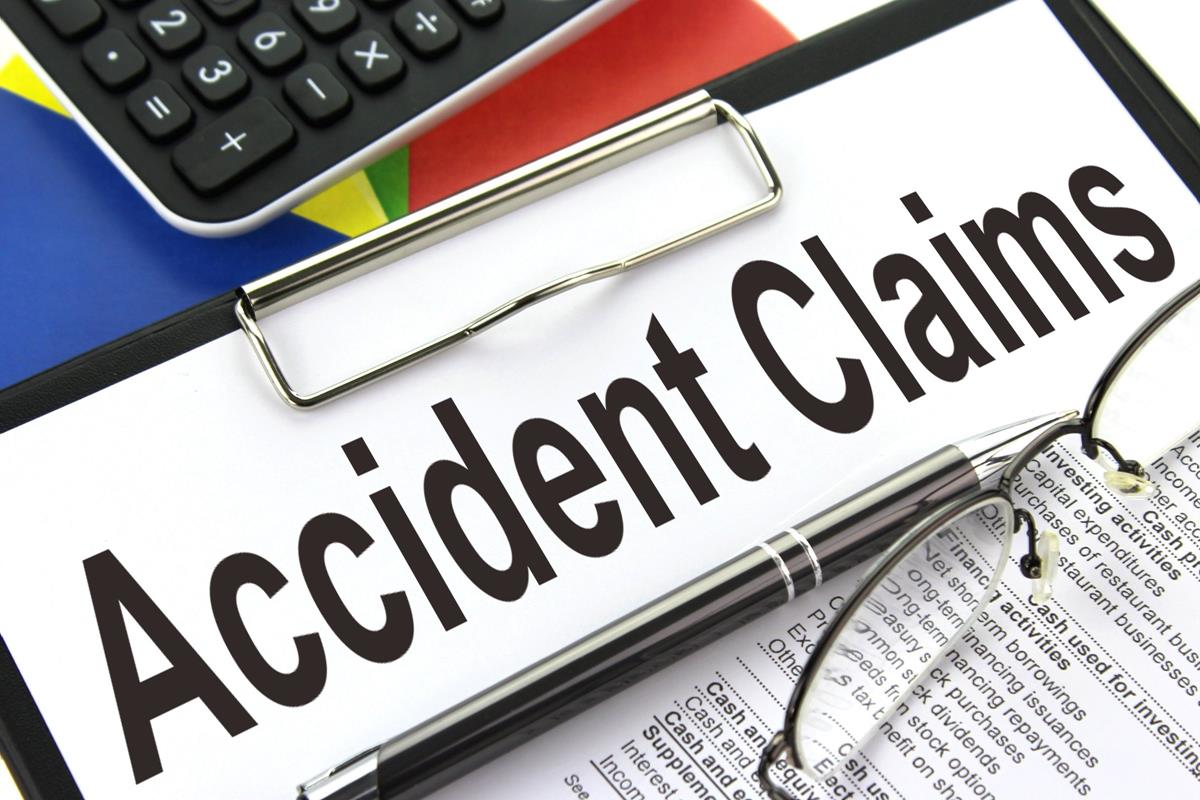Crafting The Perfect Accident Message Text: A Guide
When accidents happen, whether minor or severe, communicating effectively becomes crucial. An accident message text can serve as a vital tool to convey important information to family, friends, or colleagues. Understanding how to construct this message is essential for ensuring clarity and minimizing misunderstanding. In the digital age, where rapid communication is the norm, a well-crafted text can provide reassurance, explain circumstances, and even offer updates as situations evolve. Knowing how to balance sensitivity with the urgency of the situation can make all the difference.
In this article, we will explore the nuances of creating an accident message text that is both informative and considerate. We will discuss the critical components to include, tips for maintaining a calm tone, and examples of messages for various scenarios. Additionally, we will address common questions surrounding this topic, offering readers a comprehensive understanding of how to approach such delicate communications.
Accidents can happen at any time, and being prepared to send a clear and concise message can alleviate stress for both the sender and the receiver. Whether it’s a fender bender, a workplace incident, or a personal accident, knowing how to articulate the situation through a text can help keep everyone informed and updated. Let’s dive into the world of accident message texts and learn how to navigate these challenging scenarios.
What Should Be Included in an Accident Message Text?
When crafting an accident message text, there are a few essential elements that should be included to ensure the recipient receives all necessary information. Here are the main points to consider:
- Brief Description: Start with a concise overview of what happened.
- Location: Specify where the accident took place.
- Injuries: Mention any injuries sustained, if applicable.
- Reassurance: Provide reassurance that help is on the way or that you are safe.
- Next Steps: Include information about what will happen next, such as medical assistance or police involvement.
How to Maintain a Calm Tone in an Accident Message Text?
Maintaining a calm and composed tone is vital when sending an accident message text. Here are some tips to achieve this:
- Use Clear Language: Avoid jargon or overly complex terms.
- Stay Objective: Focus on the facts rather than emotions.
- Be Concise: Keep the message short and to the point.
- Use “I” Statements: This personalizes the message and can help reduce panic.
What Are Some Examples of Accident Message Texts?
Here are different scenarios and examples of accident message texts that can be used:
- Car Accident: "Hi, I just wanted to let you know that I was in a minor car accident. I'm okay, but the car is damaged. I'm waiting for the police to arrive."
- Workplace Incident: "Dear team, I wanted to inform you that I had an accident at work. I’m currently getting checked by a doctor. I’ll keep you updated."
- Personal Injury: "Hey, just a quick note to say that I slipped and fell. I’m at the hospital for a check-up, but I’ll be fine."
Who Should You Send an Accident Message Text To?
Identifying the right recipients for your accident message text can make a significant difference in how the situation is handled. Here are some suggestions:
- Family Members: Inform close relatives who may worry about your safety.
- Colleagues: Let your workplace know, especially if your absence will be notable.
- Friends: Update friends who may be expecting you or concerned for your well-being.
What Are the Dos and Don’ts of Accident Message Texts?
When it comes to accident message texts, there are certain practices that can help and others that should be avoided. Here’s a quick guide:
Dos:
- Do keep the message factual and straightforward.
- Do express your condition and any immediate needs.
- Do follow up with updates as the situation evolves.
Don’ts:
- Don’t exaggerate or downplay the severity of the situation.
- Don’t share overly graphic details.
- Don’t forget to reassure your loved ones that you're getting help.
When Is the Right Time to Send an Accident Message Text?
Timing can be just as important as the content of the accident message text. Here are some guidelines for when to send it:
- Immediately After the Incident: Notify family or close friends as soon as you are safe.
- After Receiving Medical Attention: Once you have been assessed, provide updates to others.
- As the Situation Develops: Keep everyone in the loop with ongoing updates.
What If You’re Not in a Position to Text?
In some cases, you might not be able to send an accident message text yourself. Here are some alternatives:
- Ask a Bystander: If possible, request someone nearby to send a message on your behalf.
- Use Voice Texting: If your situation allows, use voice-to-text features on your smartphone.
- Emergency Services: Inform emergency personnel to relay a message to your family.
Conclusion: The Importance of an Accident Message Text
In conclusion, an accident message text serves as a crucial communication tool during difficult times. Constructing a clear, concise, and calm message can help alleviate anxiety for both the sender and the recipient. By understanding the essential elements to include, knowing who to send the message to, and being mindful of timing, you can ensure that your message is effective and supportive. Remember, preparation is key, and having a plan for how to communicate during an accident can make all the difference.
Hilarious And Creative Funny Usernames For Fortnite
Discovering The Charm Of Guy Penrod Farm
Exploring Glenn Howerton's Journey: Has He Undergone Plastic Surgery?

